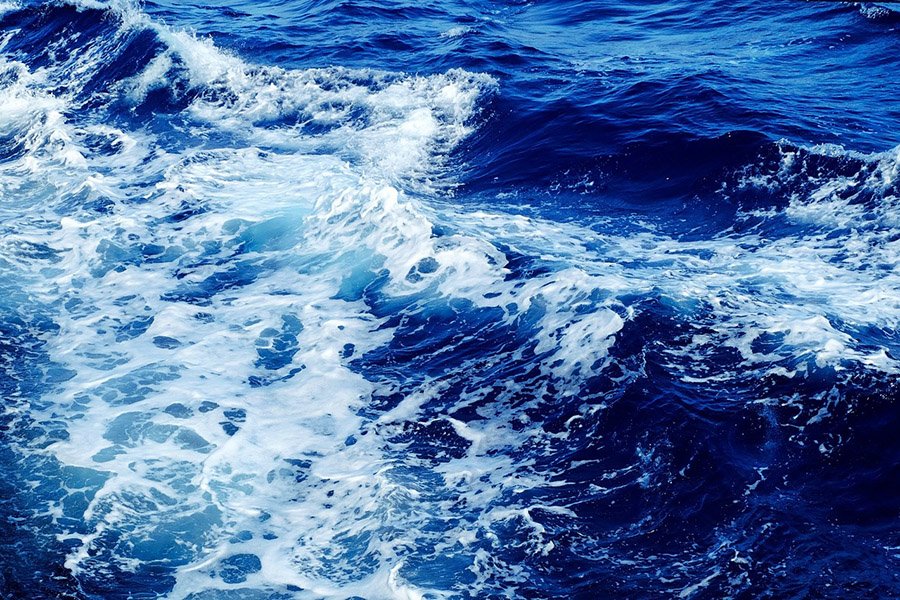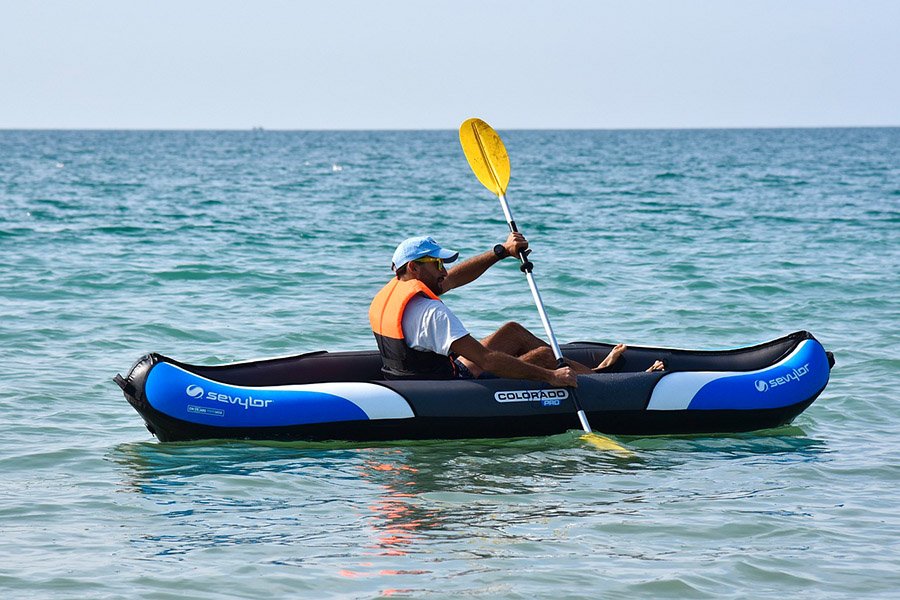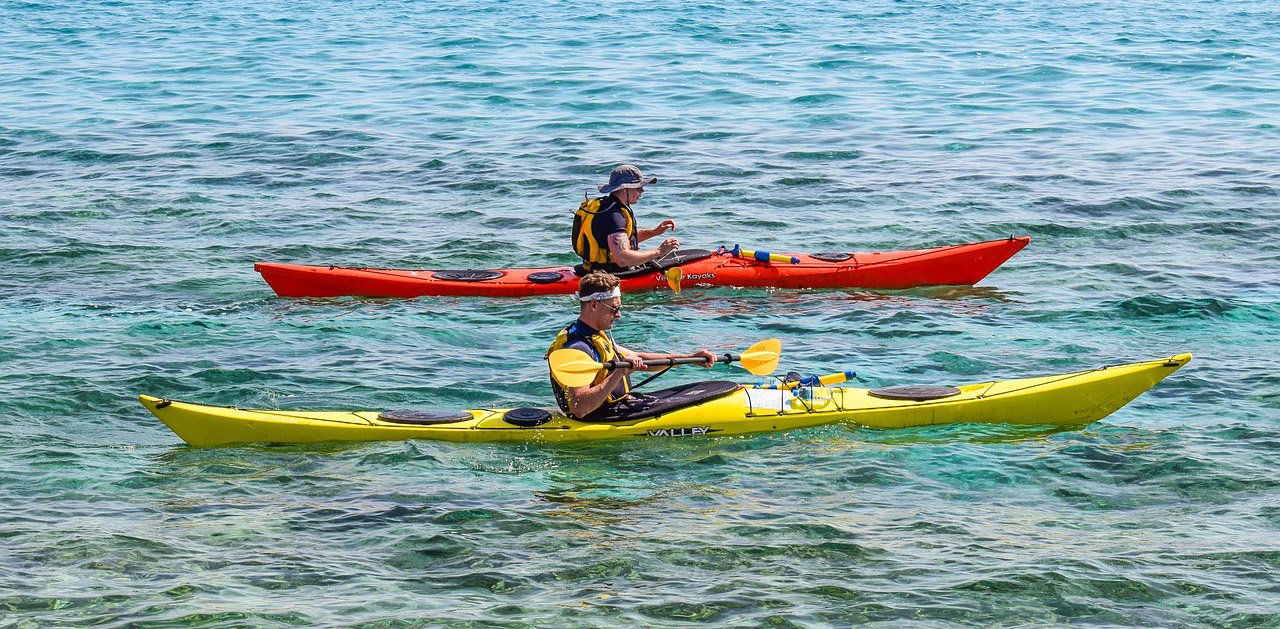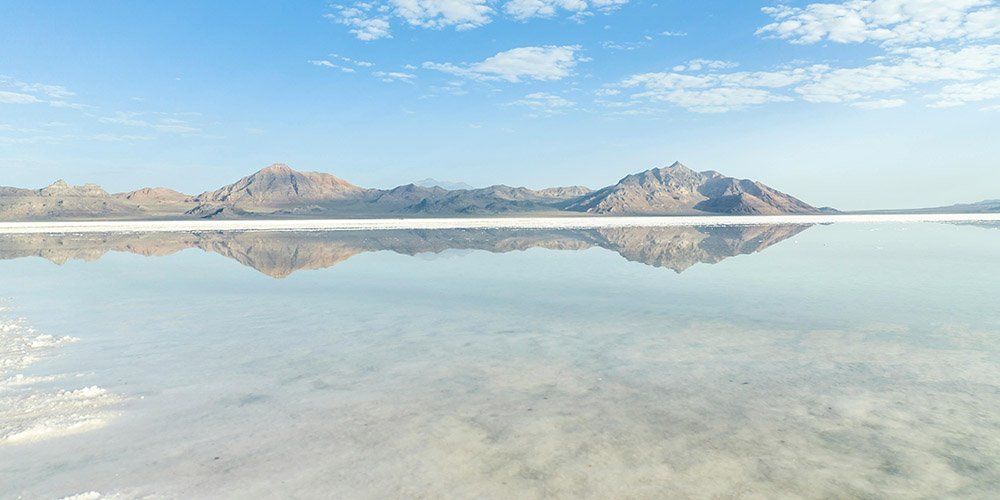Ocean Kayaking: Your Ultimate Guide
Ocean kayaking is one of the most exciting and rewarding ways to experience the open water. It offers a combination of exploration, adventure, and connection with nature that you can’t get from any other activity.
Whether you’re a beginner or an experienced paddler, kayaking in the ocean presents unique challenges and opportunities that require proper preparation and knowledge. This guide will help you navigate the basics of ocean kayaking, from essential gear and safety tips to techniques and the best spots to explore.
Essential Gear for Ocean Kayaking
1. Personal Flotation Device (PFD)
Safety first! Wearing a personal flotation device is non-negotiable in ocean kayaking. A PFD will keep you afloat in case you capsize, which is particularly important in ocean conditions where waves and currents can be unpredictable.
2. Spray Skirt
For those using sit-in kayaks, a spray skirt is essential. It helps seal the kayak’s cockpit, preventing water from splashing in, especially when navigating rough seas. This keeps you drier and more comfortable on longer paddles.
3. Dry Bags and Waterproof Storage
Ensure that your gear, especially valuables like phones and cameras, are kept dry by packing them in dry bags. You’ll also want waterproof storage for essentials like spare clothes and food.
A GPS device, marine charts, or a compass is necessary for longer ocean kayaking trips. The ocean’s vastness can easily disorient even experienced kayakers, making navigation tools crucial, especially when the shoreline isn’t visible.

Ocean Kayaking Techniques
1. Launching Through Waves
Launching your kayak in the ocean requires timing and technique. You’ll need to navigate through the surf zone (where waves break) by facing the waves head-on and using momentum to push past them. Waiting for a gap between sets of waves can make launching easier.
2. Reading the Water
Understanding tides, currents, and potential hazards like rip currents is key to ocean kayaking. A flood tide (when the water level rises) and ebb tide (when it falls) can drastically impact your route and safety. Knowing how to read the water will help you paddle efficiently and avoid dangerous conditions.
3. Paddling Techniques
Basic strokes are essential for navigating ocean waters. The forward stroke will get you moving, while the sweep stroke will allow you to turn and steer the kayak effectively. Practice these on calm waters before attempting more challenging ocean conditions.
Safety Considerations
1. Check the Weather
Ocean conditions can change rapidly, and the weather plays a huge role in your kayaking experience. Always check the forecast before heading out, paying particular attention to wind speeds, tides, and swells. Apps like Windy or local marine forecasts are excellent for planning.
2. Paddle with a Buddy
Solo ocean kayaking can be risky, especially for beginners. It’s always advisable to go with a partner or a group for added safety. If something goes wrong, having someone nearby to assist can make all the difference.
3. Self-Rescue Skills
Learning how to perform a wet exit (getting out of your kayak when it capsizes) and re-entering your kayak in deep water is vital for ocean kayaking. For advanced paddlers, learning how to perform an Eskimo roll—where you right yourself after capsizing—can be incredibly helpful.

Best Locations for Ocean Kayaking
For Beginners:
- La Jolla, California: Known for calm waters and diverse marine life, La Jolla is an excellent spot for beginners.
- Florida Keys: Warm, clear waters and protected areas make this an ideal destination for novice ocean kayakers.
For Advanced Paddlers:
- Gulf of Corryvreckan, Scotland: Famous for its whirlpools and strong tidal currents, this spot is reserved for experienced kayakers.
- Alaska’s Coastline: Alaska offers rugged coastlines, glacial views, and stronger currents that require advanced paddling skills.
Wildlife Encounters
One of the most rewarding aspects of ocean kayaking is the chance to encounter marine wildlife. Depending on your location, you might spot dolphins, sea turtles, seals, or even whales. Be mindful of keeping a safe distance to avoid disturbing animals in their natural habitats.
Pro Tip: Bring binoculars to enhance your wildlife viewing experience from a safe distance.
Top Tips for an Enjoyable Experience
- Stay Hydrated: Ocean kayaking is a physical activity, and it’s easy to underestimate the toll it can take. Bring plenty of water and high-energy snacks.
- Sun Protection: The sun’s reflection off the water can intensify exposure, so be sure to wear sunscreen, a hat, and sunglasses.
Conclusion
Ocean kayaking is a fantastic way to explore the coastline and connect with the marine environment. However, it requires proper preparation, safety awareness, and knowledge of the ocean’s dynamics. With the right gear, techniques, and locations, you can have an unforgettable adventure. Just remember to respect the sea, stay safe, and enjoy every paddle!








